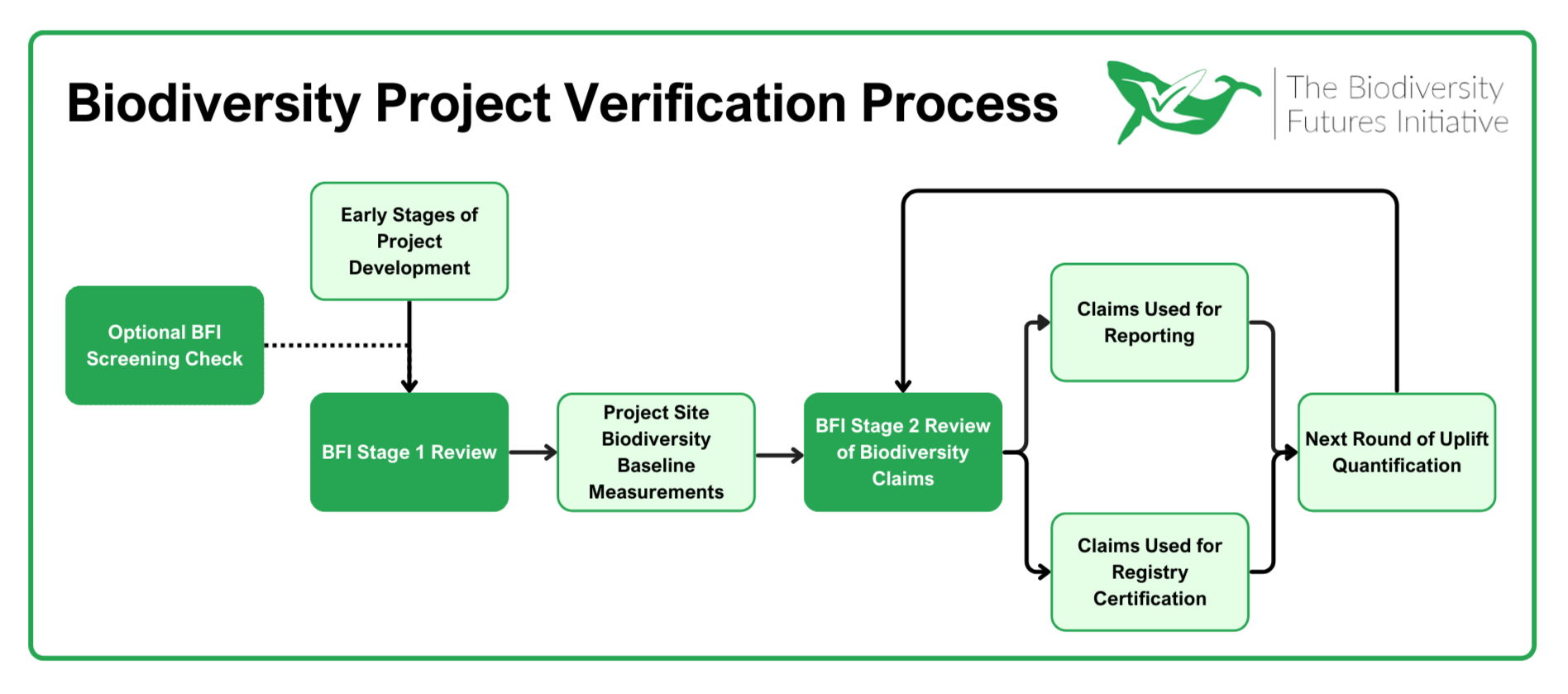22 August 2024 by Dan Exton
Dr Dan Exton | Director of Strategy | rePLANET
When we first developed what is now known as the Wallacea Trust methodology for quantifying biodiversity uplift, we made the conscious decision to make it publicly available online rather than placing it behind a paywall. This was done simply to maximise impact, by enabling organisations to apply the methodology without the need to involve us every time, thus preventing us from becoming a future bottleneck. But if the goal was to drive private sector finance towards high quality nature restoration and protection projects around the world, the methodology was only the first piece of the puzzle. The next challenge was how the methodology could be used to generate something with a financial value, in other words a tangible biodiversity credit.
There are various components to the overall architecture needed to achieve this, with many of the concepts borrowed from the existing carbon markets, but they can broadly be simplified into two parts:
> How to bake independent quality control into the process to give buyers of credits the confidence that what they are buying really represents what it claims to, and;
> How to practically create, store and record credits in a way that allows them to be bought, sold, retired efficiently and transparently.
And although rePLANET would help to stimulate these parts of the process, in the long run they need to operate completely independently of us for the same reasons as above. For this blog I’m only going to focus on the first part, and introduce the Biodiversity Futures Initiative (BFI).
Biodiversity is complex and nuanced, arguably much more so than carbon, and it therefore requires a broader and more diverse set of expertise to properly judge the quality of proposed projects and to audit the data they collect. In the world of scientific research this quality control takes the form of academic peer-review, a process not without its criticism but one that has underpinned scientific publishing for generations. One or more scientists submit their findings for publication to a journal, a journal Editor does a quick scan for general suitability, and then engages two anonymous reviewers who should be experts in a similar field of science to the submitted work. After a back and forth between reviewers, authors and Editor, a decision is made on whether the submitted work is of sufficient quality to be published in the chosen journal. Quite a neat system in theory, and in hindsight it surprised us that a similar approach hasn’t found its way into the design and monitoring of nature conservation interventions.
As a process this is just what we thought the biodiversity credit market needed, and so BFI was born to adapt this approach for a new purpose (https://www.biodiversityfuturesinitiative.com/). It was created as a UK-based non-profit with a board of directors representing decades (perhaps even centuries!) of expertise in biodiversity research and conservation. It’s intended role is simple, to academically verify claims being made by projects using the Wallacea Trust methodology. This verification can then be used to issue a corresponding number of credits, or as a standalone piece of evidence in its own rights for projects not needing to issue credits and simply needing to audit their claimed biodiversity impacts.
In practice, it operates a two-stage process. First, a Stage 1 Review ensures that projects are designed in an appropriate way based on the requirements of the methodology (similar to validation of a carbon project). Subsequently, each time a claim is to be made against a project (e.g. credits issued), a Stage 2 Review audits the data collected and determines the biodiversity impact the project has realistically achieved based on available evidence (similar to verification of a carbon project). Projects are charged a fixed fee per submission, which is used to pay the reviewers to ensure quality.

To date, BFI has been testing its procedures on a small number of pilot projects, particularly focusing on Stage 1 Reviews. It has recently started receiving submissions from a wider pool of projects globally, and so use of its services is quickly scaling. For anyone interested in learning more I would recommend looking at the website (https://www.biodiversityfuturesinitiative.com/) and reaching out to BFI with any questions.